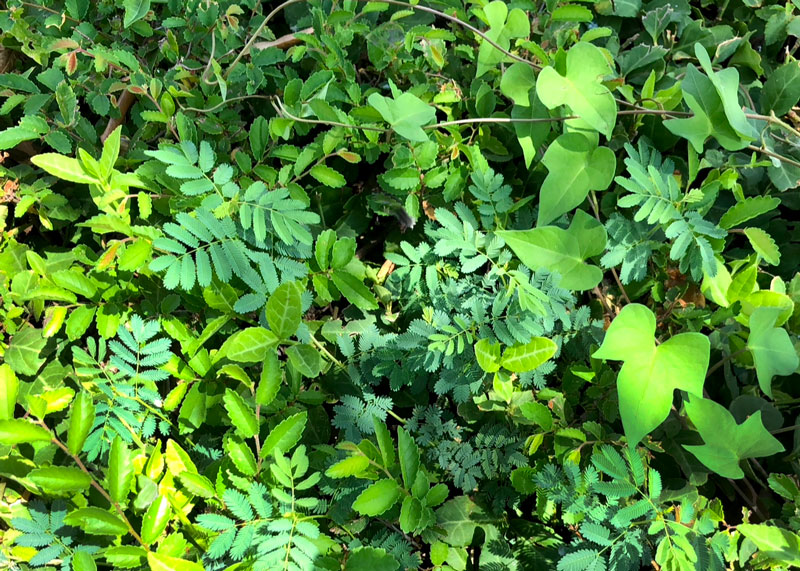Quick tip from Nature
I’m not sure where I was when I took this little photo. It was an abandoned old landscape where nature was reclaiming the ground. All these seedlings were staking their claims at the space, and no one was there to keep things in check.
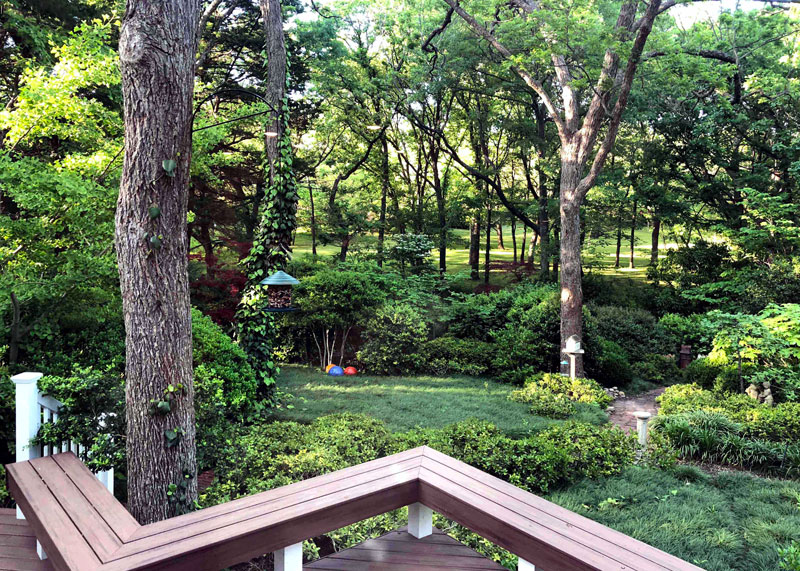
When we landscape, we can put that rich assortment of leaf sizes, styles, and types to work in our gardens. Landscape architects refer to it as “textures,” and it’s a hidden secret they use to create spectacular surroundings.
Components of texture…
Several features combine to determine a plant’s perceived texture in our landscapes.
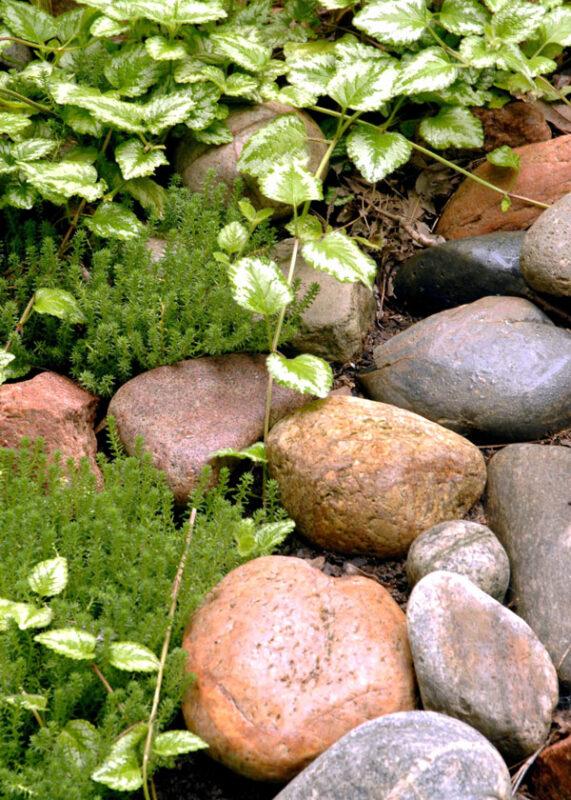
• Growth form. Rounded and oval forms are most natural, so they draw the least attention to themselves. Weeping and sprawling plants would come next. They, too, are relatively relaxing to the eye. Compare all of those, however, to visually shocking columnar plants and you’ll see the big difference.
• Leaf size. Small-leafed plants are generally considered to be fine-textured, while large-leafed plants scream out for attention. Use fine-textured plants to calm harsh walls or in contrast with the bold textures. Use bold plants to add drama to boring corners.
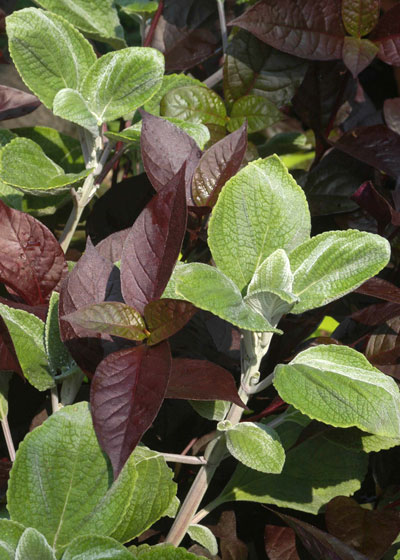
• Leaf surface. Plants with fuzzy leaf surfaces get classified as soft-textured. Glossy, leathery-leafed plants come across as bold-textured.
• Thorns, spines and prickles. These plants generally draw attention to themselves vividly, so they’d get tossed over to the bold-textured side.
• Bark character. You’ve seen trees that shed their bark and are left with slick trunks. Those come across as fine-textured. Other types have craggy, coarse bark and are extremely bold-textured.
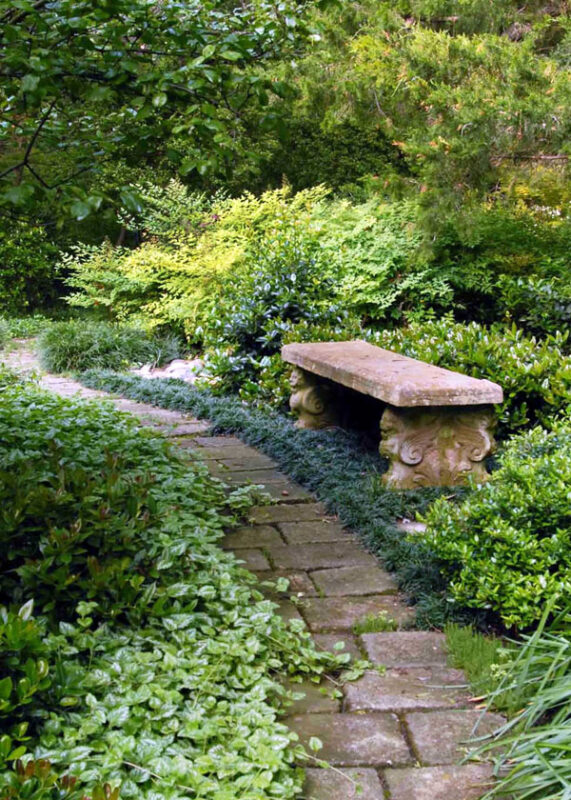
• Hardscaping factors. Even the non-living parts of your landscape bring their own inherent textures. Gravel versus river rock and boulders, rustic redcedar versus painted wood or wrought iron. Examples abound.
All of this involves non-blooming elements of good landscape design. If you’re able to integrate it into your own garden planning, have fun with your projects.
However, if you find it overwhelming, rejoice in knowing that there are professionals who do this for a living. They’d love to have a chance to help you with your plan. And fall is the best time to put that plan into action.

